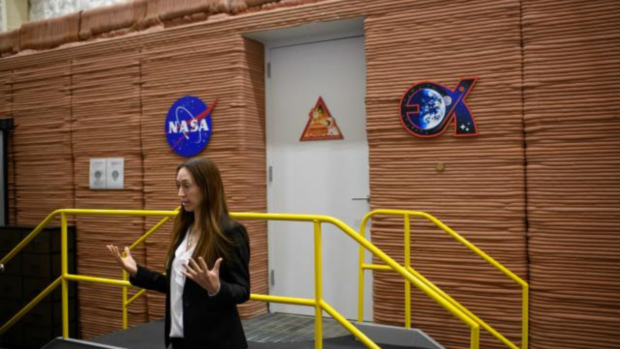National Aeronautics and Space Administration (NASA) researchers are embarking on a groundbreaking mission to spend 378 days in a simulation of a Mars habitat. These scientists will undergo various challenging conditions such as simulated spacewalks, limited resources, equipment malfunctions, and communication delays. The primary objective of this project, according to NASA, is to evaluate human health and performance in relation to Mars. Julie Kramer-White, the Director of Engineering at NASA, expressed that these long-duration mission simulations bring the possibility of Mars closer to us. She further stated that they help us comprehend that Mars is within our reach as we strive to tackle the issues and obstacles that will confront us on these extended expeditions. These simulations hold the potential to pave the way for humanity to inhabit another planet.
This article delves into the ongoing NASA Mars simulation and later explores the known challenges of living on another planet. NASA’s decision to simulate life on Mars stems from the need to prepare for the real challenges of future missions to the red planet. The organization has launched the Crew Health and Performance Exploration Analog (CHAPEA) missions, which involve three one-year simulations of Mars surface conditions at NASA’s Johnson Space Center. Forbes explains that analog missions serve as field tests that replicate the physical conditions of space, allowing NASA to develop preventive measures against space hazards while saving time and money.
The first CHAPEA mission commenced on June 25, 2023, with CNN sharing a video of the researchers entering the Mars Dune Alpha, a 3D-printed structure designed to resemble Mars’ habitat. Surprisingly, NASA envisions using 3D printers to construct extraterrestrial settlements, eliminating the need to transport building materials on multiple flights. The Mars Dune Alpha was created using the Vulcan construction system from the Ionospheric Connection Explorer mission, with the Magma portable factory autonomously constructing the structure using lavacrete based on digital blueprints. This 1,700-square-foot structure features common lounge areas, a dedicated medical station, dedicated workstations, four private crew quarters, and galley and food growing stations.
To ensure the success of this Mars simulation, NASA handpicked the best and brightest individuals for the CHAPEA mission. The selected team includes Kelly Haston, Ross Brockwell, Nathan Jones, and Anca Selariu. These courageous individuals will face demanding situations such as communication delays and environmental stressors throughout the duration of the mission. They will not step foot outside until their mission concludes. Nevertheless, their contributions hold the potential to advance humanity’s ability to inhabit another planet.
Living in outer space presents numerous challenges that differ from what we see in science fiction. Astronauts aboard the International Space Station provide insights into their experiences through videos, but living on another planet comes with its unique set of conditions. For instance, one of the major challenges of living on Mars is its red soil, which contains an abundance of iron deposits that oxidize and form iron oxide or rust. This may corrode settlements and make it more difficult to sustain life on the planet.
Additionally, managing muscle and bone loss in space poses a challenge. According to the Japan Aerospace Exploration Agency, gravity on Mars is only 62.5% of Earth’s gravity, which leads to muscle and bone weakening. Researchers need to find ways to keep themselves physically active to counteract these effects. Moreover, extraterrestrial settlers on Mars would be exposed to higher levels of radiation compared to Earth, necessitating effective strategies for managing medical conditions in this unique environment.
In conclusion, NASA researchers are embarking on a year-long Mars simulation to better understand how to adapt to the challenges of living on another planet. Their findings will contribute to solving the problems that may arise during future missions to Mars. Eventually, these missions may pave the way for the establishment of human colonies on Mars. Furthermore, with companies like Virgin Galactic planning commercial space flights in the near future, it is not far-fetched to imagine a time when we can vacation or even permanently reside on the red planet. Stay updated on the latest digital tips and trends by following Inquirer Tech.
Denial of responsibility! VigourTimes is an automatic aggregator of Global media. In each content, the hyperlink to the primary source is specified. All trademarks belong to their rightful owners, and all materials to their authors. For any complaint, please reach us at – [email protected]. We will take necessary action within 24 hours.


